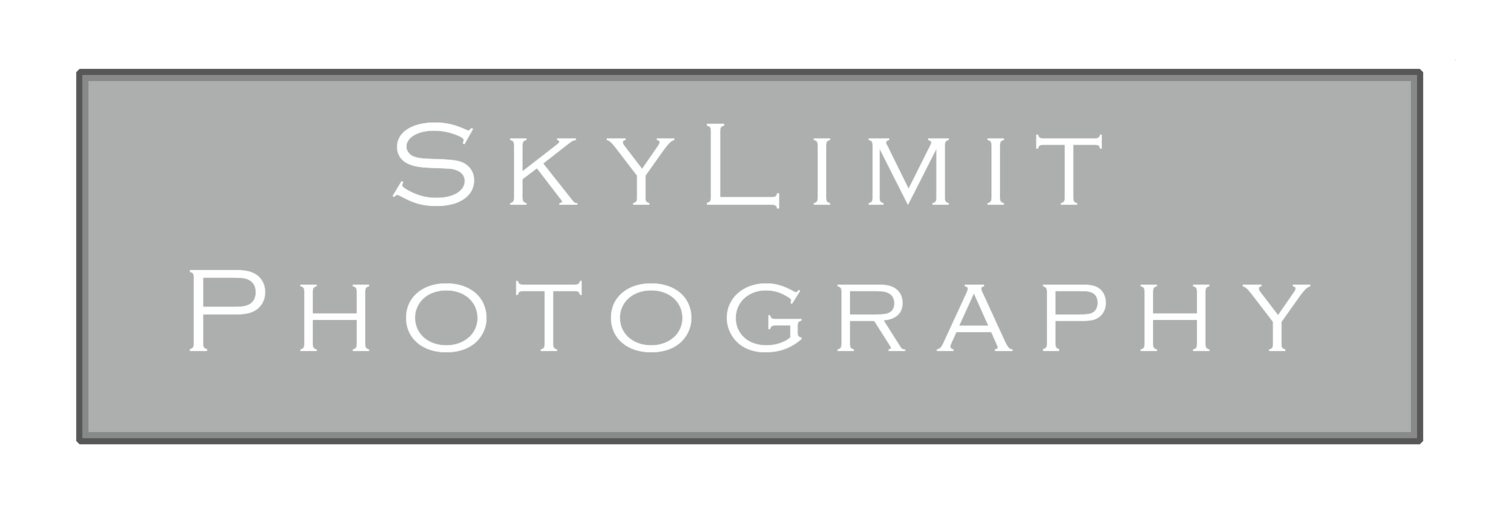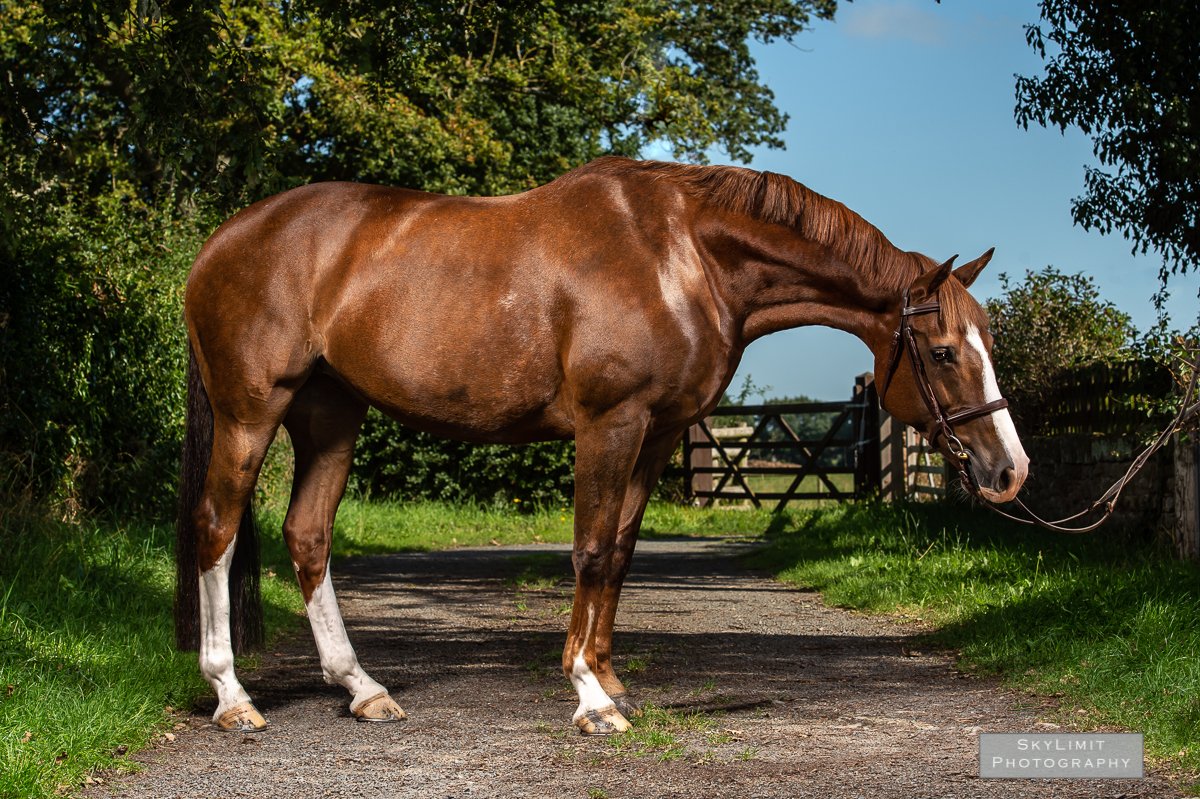Perfect Portraits
I absolutely adore a portrait session.
Portrait sessions are completely about your horse, it's his moment in the spotlight (Quite literally!) where we can really see his character shine through, whilst creating incredibly elegant portraits of him that are guaranteed to bring a smile to your face.
It's the perfect way to totally honour your horse for how wonderful he is.
So for this blog, I thought I would write about how portrait sessions work, and give you some top tips to help prepare for your shoot and get the very best out of your horse's portrait session.
Let's dive on in!
Portrait shoots tend to last anywhere between 30 minutes to an hour depending on the horse, involve my portable studio setup of 2 lights, and are generally shot in stables, indoor yards, or indoor arenas. These darker locations make it much easier to create those classic black background portraits that we all know and love.
When I arrive to a portrait session, I like to have a little chat with my client, and of course, meet the horse I'll be shooting (It's one of my favourite parts of this job!). I'll take a bit of time to get to know the horse and predict any potential challenges that might crop up due to the horses temperament/personality. Knowing if a horse is a little more highly strung, or needs certain things to stay happy is crucial when photographing them, it allows me to adjust the way I work to make sure we're getting the very best out of the horse whilst keeping them happy and comfortable for the duration of their shoot.
I'll decide on a spot and get my portable studio set up, doing a few light tests before we bring the horse in. I like to give the horse plenty of time to take everything in, letting them have a good look at the equipment before we proceed - some will take a few minutes to get used to the set up, whilst others could care less! It's all about making sure the individual is happy before we more onto the next step.
Once they're happy with the setup, I'll set the flash off (with good warning before doing so), to see how the horse reacts. With a slightly more nervous horse, I might do this whilst they're further away from the lights, to give them a little more space to process everything, gradually bringing them closer as they become desensitized. Others might not need quite so much space, generally being unphased by what we're doing.
Again, having a basic understanding of the particular type of horse I'm working with on that given day will determine how I work with them, every horse is an individual and needs to be treated as such to get the very best out of them.
Once your horse is settled and happy, I'll direct you on how to position your horse between the studio setup, and help you move him into the poses that will make him look amazing in front of the camera.
This is where having treats comes in very handy! Something you can do to prep for this part of the shoot is to teach your horse carrot stretches whilst he keeps his feet still.
If a horse knows not to move as you move his head around with treats, it means we'll be able to get even better images in a shorter space of time as we shouldn't need to repeatedly reposition him for one particular pose.
The other thing he needs to be able to do is to stand whilst you move around him. Ideally I need owners to be able to step out of shot whilst their horse stays still, even just for a second or two. Again, this just makes shooting a little easier.
Now for super fidgety horses, I have a few tactics I use to make sure they're happy and not standing for too long, meaning they'll be happier to cooperate with this bizarre exercise that we're asking of them!
With a little tact, any horse can be worked with, it often just takes a bit of patience and some handy tricks.
Now for the tricky question, headcollar, or bridle? Or nothing at all?
If it's possible to do so, I love to photograph them loose (Or just with a leadrope around their neck), because it gives a totally natural feel to an image, but I know that in a majority of cases, this just isn't an option.
I love a headcollar, they can look super classy - but generally if we're using a headcollar, I strongly advise going for a leather one, or plain black/brown material, and not one that's hanging on within an inch of it's life. We want the images to look super smart, and having a smart headcollar is a big part of this, just like choosing your outfit for a shoot would be.
With a bridle, you do have greater control, so if this is a concern, I would always recommend a bridle for the sake of safety and peace of mind (This is always top priority!), and a clean shiny bridle will always look classy.
Both have advantages, and both look equally good for an image, so this goes down to personal preference, but there is always the option to have images of both if you can't decide!
Another thing I love to do on portrait shoots is do a full background portrait.
By this, I mean a full body image of your horse, outdoors with a beautiful backdrop.
If you've got a particularly nice paddock, or a little wooded area, a length of driveway with hedges or fencing either side, or even a lovely stable yard, then these are the kind of locations I'm talking about. These types of images have been inspired by Stubbs , the way he painted horses with a lovely backdrop, showing off their elegance on location - it's my favourite way to give you an image that looks a little like an oil paining of your beloved equine, something a little different for the wall.
Some final tips for preparing for your shoot: firstly, make sure you give yourself plenty of time to get your horse ready for his portrait session. If he needs bathing, factor in enough time for him to dry fully. Decide if you want him plaited, or his mane loose - both can look equally lovely! Make sure your tack is clean, with any buckles polished up so they have that extra shine on them. Have a a brush and a cloth on hand at all times to brush away dust, tidy up manes, and wipe away any slobber. whilst we shoot And finally, get super excited because we're about to create some beautiful images of your horse!
Final considerations for shooting in winter; decide if you want your horse clipped or full fluff. Clipped looks sharp and classy, and full hair looks absolutely gorgeous when captured with off camera flash. And the added bonus if were shooting in winter and you have a horse prone to sweet itch, in the latter half of the winter, any scabs and rub marks should have fallen off and healed up, so your horse will look his very best!
I really hope you've enjoyed reading this blog, and if you've been thinking about booking a portrait session for your horse, then I hope this blog has helped to give you more insight into how a portrait session works, as well as giving you some really useful tips to make sure your prepared should you book in.




